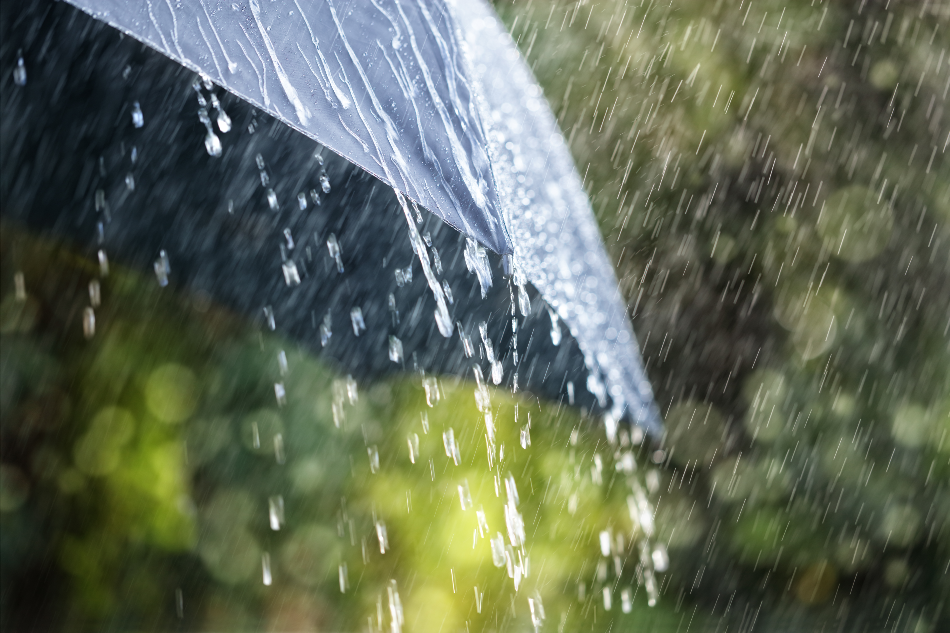
Brian A Jackson / Shutterstock
A United States Geological Survey (USGS) conducted by the United States Department of the Interior in collaboration with scientists from the Hydrologic Networks Branch of Colorado, the Idaho Water Science Center and the Colorado School of Mines recently confirmed the presence of multicolored microplastics in rainwater samples.
Analyzing Rain Samples
Rain samples, which were referred to as atmospheric wet deposition samples in the 2019 USGS paper, were collected from a subnetwork of the National Trends Network (NTN) known as the Network for Urban Atmospheric Nitrogen Chemistry (NUANC). The NUANC samples were collected from eight different sites in the Colorado Front Range.
Sample collection was achieved by acquiring rainwater that fell into plastic bag-lined buckets. The entire volume collected in these buckets were filtered in 0.45 micrometer (µm) polyethersulfone filters in order to obtain solely washout particles from the atmosphere. The filters were then dried, weighed and analyzed by microscopy. Further microscopy analysis of the samples was conducted after rinsing the samples four times with deionized water.
Results
The initial aim of the USGS work was to measure the concentration of nitrogen within rainwater samples; however, Wetherbee and his colleagues were instead surprised by what they found. In addition to identifying the contents which included minerals, soil particles, plants and insects in the rainwater, each of which would be expected, the scientists conducting the work on this USGS also found a considerable amount of microplastic materials in their rainwater samples. More specifically, blue, green, white and red plastic fibers, as well as plastic beads and shards were identified and imaged.
The presence of microplastics within the rainwater samples has been hypothesized to be the result of unrecycled plastic waste that degrades into smaller and smaller pieces as time passes. Additionally, when clothes and other fabric materials are washed, small amounts of plastic fibers can break off of these materials and ultimately end up in rivers, lakes, bays, and oceans. Regardless of the original source, the release of these plastic particles into the atmosphere allows them to eventually get incorporated into water droplets when it rains.
Conclusion
While the researchers who conducted this USGS believe that improving their sampling, identification and quantification techniques will provide a better assessment of the microplastics found within their rainwater samples, the results of this study are worrisome. The ability of the microplastics to travel throughout the atmosphere, into the rain and eventually reach both water and food sources poses a significant risk to the health of humans and animals around the world. In addition to being toxic on their own, microplastic particles within these ingestible food and water supplies can also attract and attach to a variety of other harmful toxins including heavy metals, hazardous chemicals, and dangerous bacteria.
Overall, the global dependence on plastic continues to propagate these types of public health issues. Until a drastic change is made to reduce this dependence, the potential health effects of our chronic exposure to these toxic materials will not subside.
Sources
- Wetherbee, G., Baldwin, A., & Ranville, J. (2019). It is raining plastic. U.S. Geological Survey Open-File Report 2019-1048. DOI: 10.3133/ofr20191048.
- “It’s raining plastic: microscopic fibers fall from the sky in Rocky Mountains” – The Guardian
Disclaimer: The views expressed here are those of the author expressed in their private capacity and do not necessarily represent the views of AZoM.com Limited T/A AZoNetwork the owner and operator of this website. This disclaimer forms part of the Terms and conditions of use of this website.